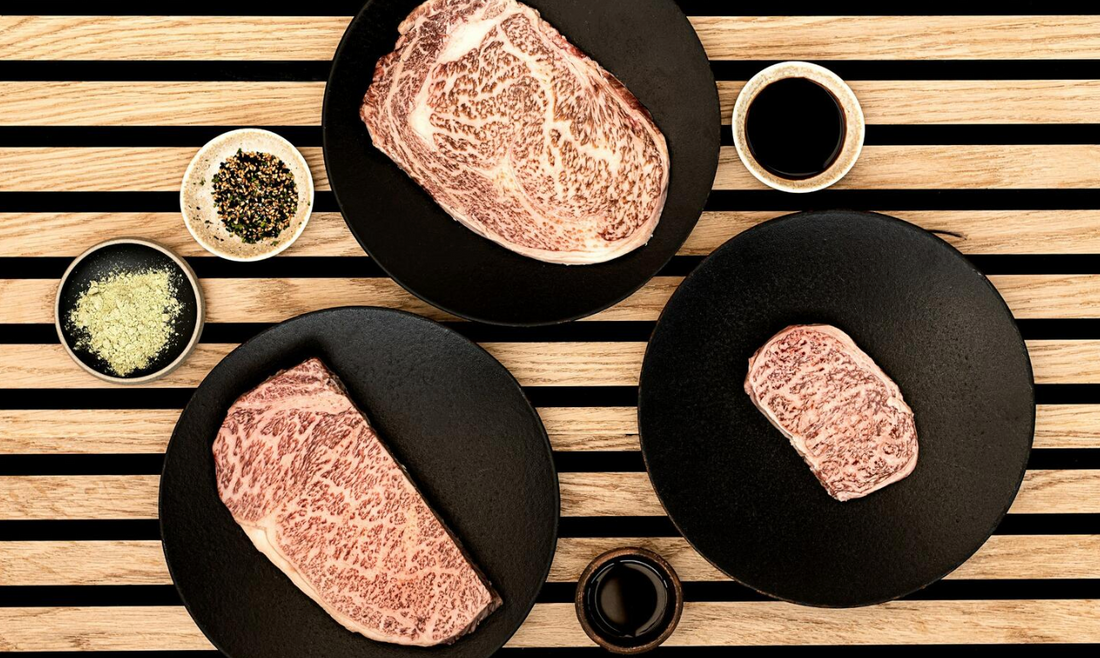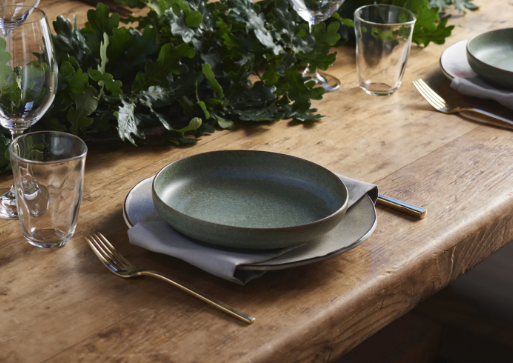The World of Wagyu

Japanese Wagyu (pronounced ‘wag-you’) is one of the world's most renowned - and revered - cattle breeds. These deeply respected cows are said to be massaged, served cold beers, and even sung to by farmers. And the cows shouldn’t expect anything less when Grade A certified Wagyu from Japan can cost upwards of £180 a pound.

To top it off, there’s the Wagyu Olympics, too, which are happening in Japan this week. We’ll come to that in a moment, but first a little background into what makes Wagyu, Wagyu.
The word wagyu comes from ‘wa’ meaning Japanese and ‘gyu’ meaning cow, and refers to all Japanese beef cattle.
Not to be confused with Kobe beef (which actually comes from a special kind of Wagyu cattle), Wagyu were originally selected for their strength and durability and used in agriculture. They gained their strength from the intramuscular fat cells, which is what gives the meat its marble-like effect. This marbling makes Wagyu beef so sought-after; which gives it its characteristic buttery taste; not to mention the melt-in-the-mouth texture that’s simply unforgettable.
It is said that the best way to eat wagyu steak is rare to medium rare. Overcooking will melt the fat, and it’s this fat that gives it the aforementioned rich, buttery flavour. It should come as no surprise that it can also be eaten raw, as sushi or sashimi, as well as other such dishes. Eating it this way naturally highlights the marbled structure of the meat.
The Wagyu Olympics are taking place between 6-10th October 2022, and are held every five years. Imagine a country fair where the main (and only) attraction is Wagyu cattle, and you will have the Wagyu Olympics. Attracting nearly half a million people every year, it's no small event. Yet it’s done with an air of elegancy and grace that only the Japanese know how to achieve.
Formally known as Zenkyo, the Wagyu Olympics began in 1966 to encourage a high level of cattle breeding and promote Wagyu beef not only in and around Japan, but also around the world.
The cattle - which are horned and usually red or black in colour - are judged on factors such as size and proportion; but also on the quality of the meat and its fat content. The winning cows and carcasses are sold at auction to the highest bidders, mainly to the best restaurants and butchers around the world.
In the true Japanese spirit, Wagyu beef farmers are forever aiming to breed the perfect cow to create the perfect beef. It is not in the Japanese culture to do things half-heartedly. Whether it’s a piece of calligraphy, a handmade plate, a cup, or a Wagyu rib eye steak, the Japanese strive for perfection knowing that the journey to perfection is just as, if not more important than, the destination.
In the world of Wagyu, if they haven’t yet reached perfection, they’re pretty close.






